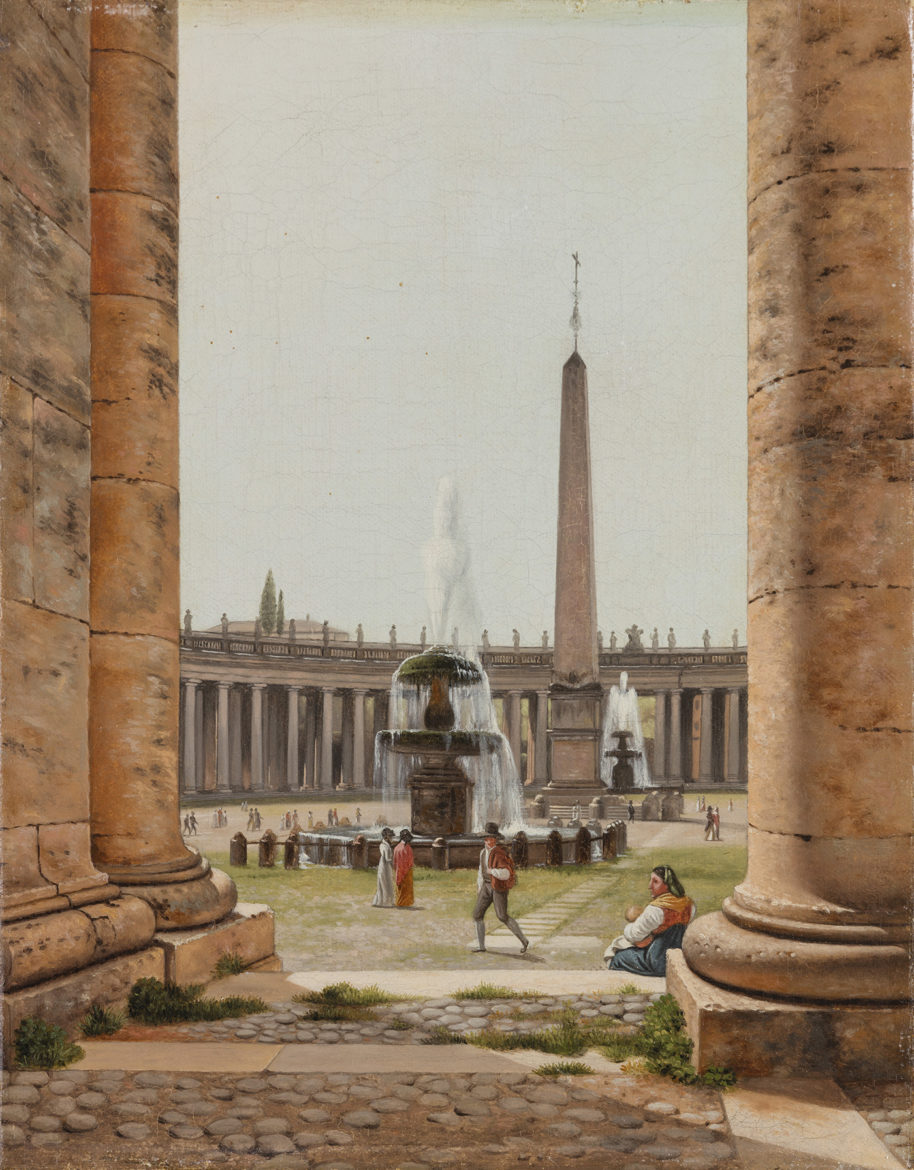ART IN A MANORIAL SETTING. FROM ECKERSBERG TO ZAHRTMANN
Ordrupgaard’s old manorial home is the setting for an exhibition focusing on Danish art from C. W. Eckersberg to Kristian Zahrtmann. A chance to experience nineteenth-century Danish art history in a beautiful setting. The exhibition offers a string of works from C. W. Eckersberg, J. Th. Lundbye, and Vilhelm Kyhn to Julius Paulsen and Kristian Zahrtmann.
The collecting activities of the founding couple, Henny and Wilhelm Hansen, initially revolved around these artists, and the works are hung in the living rooms that were part of the couple’s private home. In this way, works of art mingle with furniture, decorative art, interior, and furnishing.
In the dining room, there are works on paper by the Funen painters: Johannes Larsen’s many depictions of birds along with landscapes by Peter Hansen and Fritz Syberg.
In the ladies’ parlour you can explore the Danish Golden Age. Masterpieces by C. W. Eckersberg, Vilhelm Kyhn, Christen Købke, J. Th. Lundbye, and Wilhelm Marstrand hang side by side, attesting to a time when the Danish landscape and the middle class provided the new motifs for visual art.
The museum founders had a keen eye for Danish art and in the spacious bright garden room hangs a selection of works by Viggo Johansen, Julius Paulsen, Theodor Philipsen, and others. The works are on display in the founding couple’s private home and, besides the many works of art, you will see an interior dating from when the museum was built.
In the two next rooms in the manorial home, for example, there are works by Michael Ancher, Hans Smidth, and Kristian Zahrtmann above the beautiful library interior with bookshelves designed by Thorvald Bindesbøll. Moreover, Bindesbøll designed furniture and models for the embroidered cushions in the room next door that served as Wilhelm Hansen’s office. The walls here are adorned by works of notably Viggo Johansen as well as Julius Paulsen’s portrait of Henny Hansen with their son Knud.
A selection of drawings is hung in the so-called ’stone passage’, the original entrance to the house.

C.W. Eckersberg, View of the Colonnade, St Peter’s Square in Rome, 1813-1816, Ordrupgaard